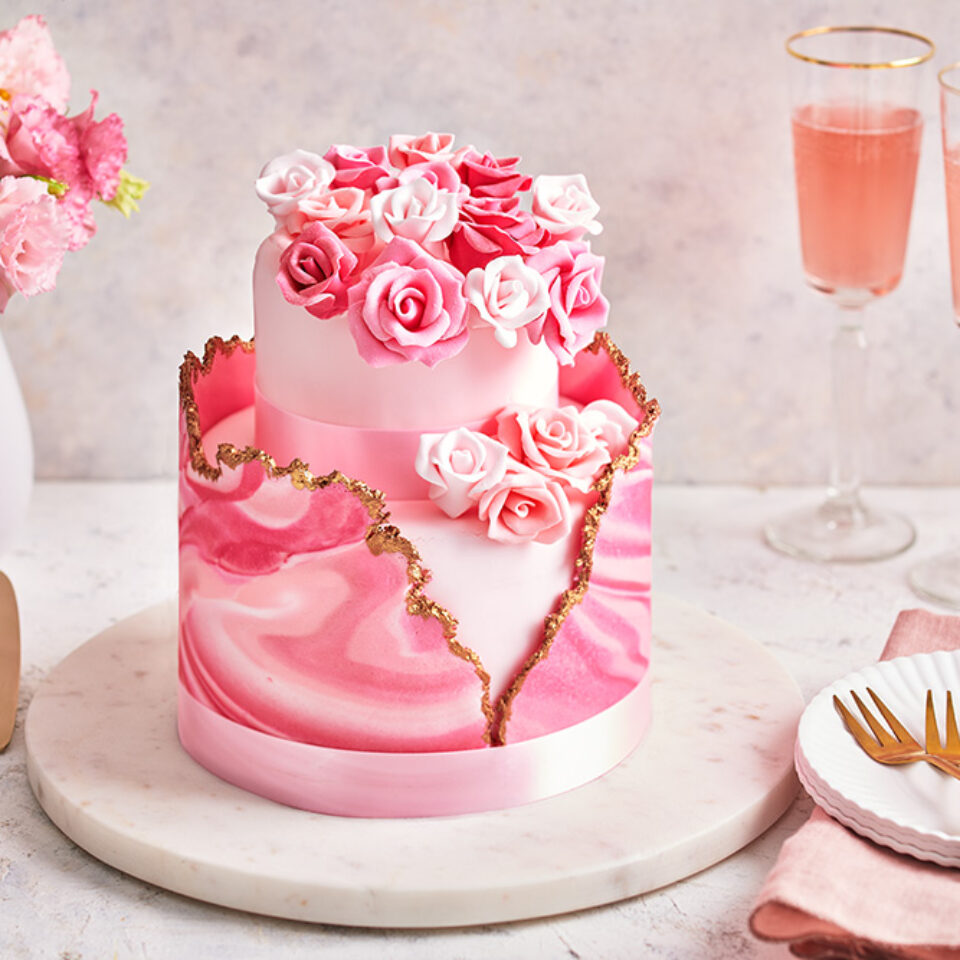Introduction
In recent years, the line between dessert and art has blurred. Edible art cakes— Best Customized cakes in Islamabad that use techniques like painting, sculpted details, prints, texture, visual illusions—are becoming one of the most coveted styles in customized cake design. This article dives deep into this wave of creativity: what it is, trending techniques, how to plan an edible art cake, and examples to provoke your imagination.
1. What Counts as Edible Art
- Hand‑painted designs (flowers, abstract art, scenes)
- Sculptural elements (figurines, objects, textured bas relief)
- Edible prints and photo transfers
- Optical illusions, realism (cakes that fool the eye)
- Mixed textures and finishes: matte, gloss, mirror glaze, marble, metallics
2. Why Edible Art Is Gaining Popularity
- Personal expression: customers want cakes that tell stories or reflect personality.
- Social media & visual culture: cakes are content; people want share‑worthy visuals.
- Technical innovation: improved edible printing, food‑safe paints, new tools and molds.
- Trend‑driving: minimalism, artistry, high aesthetic standards are ascending.
3. Key Techniques & Materials in Edible Art
3.1 Hand Painting & Watercolour Effects
Using edible colors (gel, powdered, or food paint) to brush or wash flower motifs, abstracts, ombre washes. Soft gradient or bold strokes.
3.2 Edible Prints & Transfers
Photo or logo printing onto edible sheets (wafer, frosting sheets) to transfer onto cake surfaces. Allows crisp, detailed images.
3.3 Sculpted Elements & 3D Forms
Use of modeling chocolate, fondant, gum paste to sculpt figures, shapes, objects. Also use molds
3.4 Metallic Accents & Mirror / Glaze Effects
Gold/silver leaf, metallic paints or foils; mirror glazes for high gloss finish. Blissful juxtaposition with matte finishes.
3.5 Texture, Relief & Surface Play
Palette knife buttercream texture, ruffle work, edible lace, wood grain or stone veneer finish, marble effect.
4. Planning an Edible Art Cake
4.1 Concept & Theme Development
- Decide what art means to you: do you want painterly florals, hyper realism, pop culture, or abstract?
- Gather reference images (paintings, fabrics, illustrations, photos).
4.2 File & Image Handling (if applicable)
- Use high-resolution or vector files for edible prints.
- Provide colour references (swatches, photos in similar lighting).
4.3 Choosing Suitable Flavours & Cake Type
- Dense cakes (mud cake, pound cake) hold sculpted weight better.
- Frostings or coverings that accept paint (fondant, smooth buttercream properly chilled) better than textured or whipped cream.
4.4 Structural & Support Considerations
- Sculpted or large 3D elements need internal supports (dowels, boards).
- Heavy decorations (edible metal leaf, chocolate sculptures, sugar work) require firm shell and stable base.
4.5 Lead Time & Skilled Baker
- Edible art requires more time. Expect more hours for detailed work.
- Hire a baker experienced in edible art; see examples of similar work.
5. Popular Edible Art Cake Ideas
- Watercolour abstract floral designs over fondant
- Cakes painted like impressionist or pastel scenes
- Realistic object cakes (books, sneakers, handbags) that mimic real things
- Portrait cakes (faces, pets) with edible painting or printing
- Mixed media: combining edible lace, sculpted figures, metallic leaf
6. Challenges & How to Avoid Them
- Color matching is difficult; lighting and transportation can change appearance
- Fragile decorations may break; reinforcement is essential
- Moisture/humidity can smear edible paintings or warp fondant
- Time constraints: edible art requires patience
Tips:
- Use edible sealants or powders to protect paint
- Transport in cooled conditions
- Request mock‑ups and small tests or samples
- Keep things balanced: don’t overload; let focal art stand out
7. Budget & Pricing for Edible Art Cakes
Because of additional skills, materials, and time, edible art cakes tend to cost more. Elements that increase cost:
- Custom painting / brush work vs basic embossing
- Sculpted / 3D elements
- Premium edible materials (metallics, edible paints, speciality sugar work)
- Large or multi-tiered cakes
Ask bakers for itemized pricing: base cake, art work, additional materials, complexity premium.
8. Where Edible Art Cakes Shine
- Weddings & Anniversary Cakes: for portraits, romantic scenes
- Milestone Birthdays or Retirement Parties: personal items, life portraits
- Corporate Branding Events: using logo art, brand imagery, product replicas
- Art & Dessert Fusions: gallery exhibits, product display cakes
Conclusion:
“Edible art” in customized cakes is more than a trend—it’s a movement toward making cakes that communicate, inspire, and become art pieces in themselves. If you’re drawn to beauty, storytelling, and visual impact, edible art offers near limitless creative possibilities. With careful planning, skilled execution, and respect for both the aesthetic and structural challenges, you can bring extraordinary designs to life—and beyond being just a dessert, your cake might become something people remember forever.





Comments